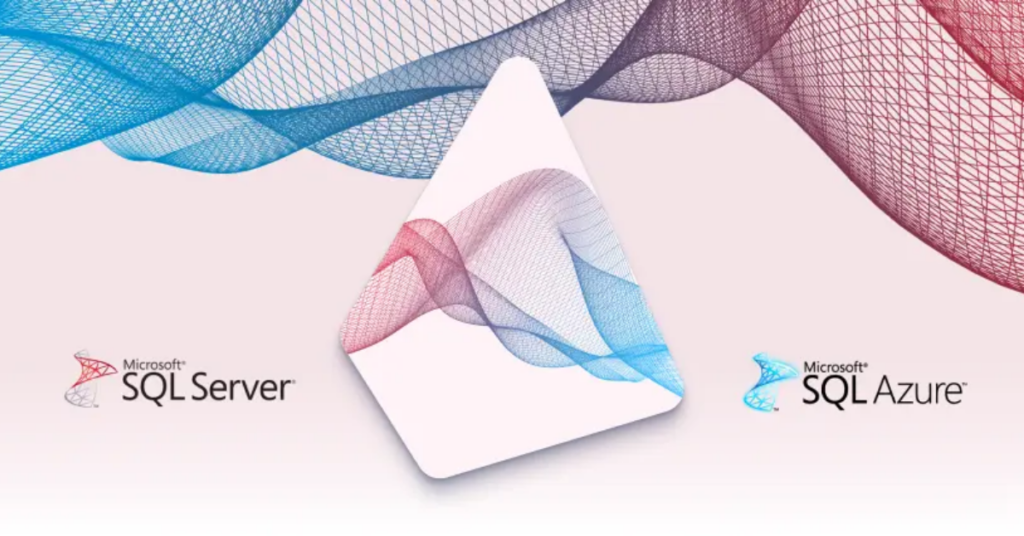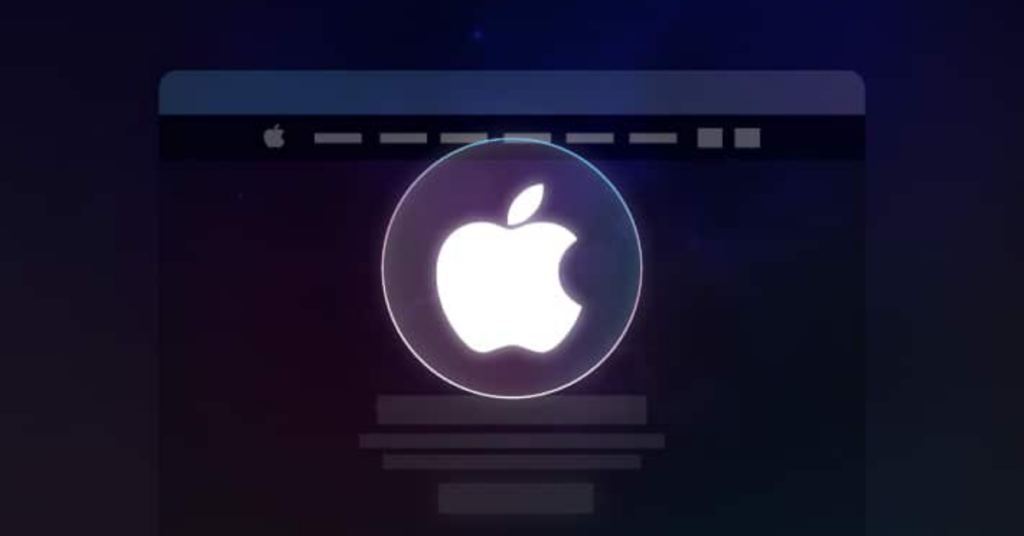Cyberattack on TfL: An Urgent Reminder of Public Infrastructure Weaknesses
The recent cyberattack on Transport for London (TfL) highlights the critical weaknesses present in our public infrastructure. As technology increasingly permeates our everyday existence, the recent assault on London’s transportation network reveals a stark truth: every entity faces the risk of cyber threats.
Let’s get straight to the point – this goes beyond just TfL. It encompasses all enterprises, organizations, and essential systems that sustain the functionality of our contemporary society. The TfL incident serves as a crucial reminder; it highlights a future where cyber threats are as prevalent as the daily commute.
Medium-Sized Enterprises: Vulnerable to Cyber Threats
This is the moment for medium-sized enterprises to take action and step into the arena. The era of believing, “We’re too insignificant to attract attention,” has passed. Cybercriminals target organizations regardless of their scale or industry. They are strategic thinkers, and at this moment, every digital avenue presents a chance for growth.
What can we conclude from this? It’s time for a strategic approach to cybersecurity. And by pragmatic, I mean hands-on, ready to dive in and tackle challenges directly. Here’s the initial approach:
1. Evaluate Your Digital Presence: Conduct a thorough examination of your systems. What’s linked? What are the weaknesses? Understanding is the foundation of effective protection.
2. Prioritize the Fundamentals: Robust passwords, multi-layered authentication, and consistent software updates. While they may lack allure, they serve as your primary safeguard.
3. Develop Your Team: Your workforce represents your most valuable resource as well as your most significant risk. Consistent and compelling cybersecurity training has become a necessity, not a choice.
4. Prepare for the Unexpected: Create and consistently evaluate a strategy for responding to incidents. When an attack occurs, it is imperative to be prepared to respond quickly and with conviction.
5. Evaluate Cyber Insurance: While it shouldn’t replace robust security measures, it can provide crucial financial support following an incident.
6. Remain Knowledgeable: The realm of cybersecurity evolves every day. Assign responsibility to ensure vigilance regarding new threats and optimal practices.
7. Engage and Exchange: Participate in professional networks, attend events, and share insights. Cybersecurity is not merely a strategic edge; it is a shared obligation for all.
Effective Cybersecurity Approaches: Resource Distribution and Online Responsibility
Now, let’s tackle the significant issue at hand – budget. I can already sense the discontent brewing. “Investing in premium cybersecurity is beyond our budget!” The reality is clear: it’s a necessity you cannot overlook. The expenses associated with a cyberattack, including downtime, data loss, damage to reputation, and possible legal consequences, significantly surpass the costs involved in implementing preventive measures.
However, there is a positive aspect: achieving robust cybersecurity doesn’t necessarily require a massive financial investment. It’s essential to strategically allocate resources, prioritize according to risk, and foster a culture of security awareness across your organization.
The TfL attack underscores a vital aspect: the interdependence of our digital landscape. Your organization may not have the same visibility as a major metropolitan transport system, yet you play a crucial role in a larger ecosystem. Your weaknesses may be leveraged to access larger objectives, or the other way around. This interconnectedness signifies that safeguarding your own assets is no longer sufficient; it’s about embracing the role of a responsible participant in the digital landscape.
Ensuring Resilience in Cybersecurity: Navigating the Overlap of Public and Private Domains
As we progress, the distinction between public and private sector cybersecurity will increasingly become less defined. The methods and approaches employed to safeguard essential infrastructure such as TfL are becoming more pertinent for enterprises of every scale. Cloud security, IoT device management, and AI-driven threat detection are not merely trends; they are critical components in the cybersecurity strategies of all organizations.
Final Thoughts: An Urgent Appeal for Mid-Sized Enterprises
The recent TfL incident underscores the critical importance of cybersecurity in our highly interconnected environment; it is a responsibility that falls on all of us. It’s essential to move beyond viewing this as a mere technical issue and recognize it as a core business risk that requires focus and action from the top tiers of the organization.
In summary, the cyberattack on TfL serves not merely as a warning, but as an urgent imperative for proactive measures. For medium-sized enterprises, this presents a chance to evaluate, allocate resources, and strengthen your cybersecurity framework. The landscape of threats is changing, and our strategies for security must adapt accordingly. It’s time to adopt a practical approach, take initiative, and ensure security. The technological advancement of your enterprise hinges on it.




